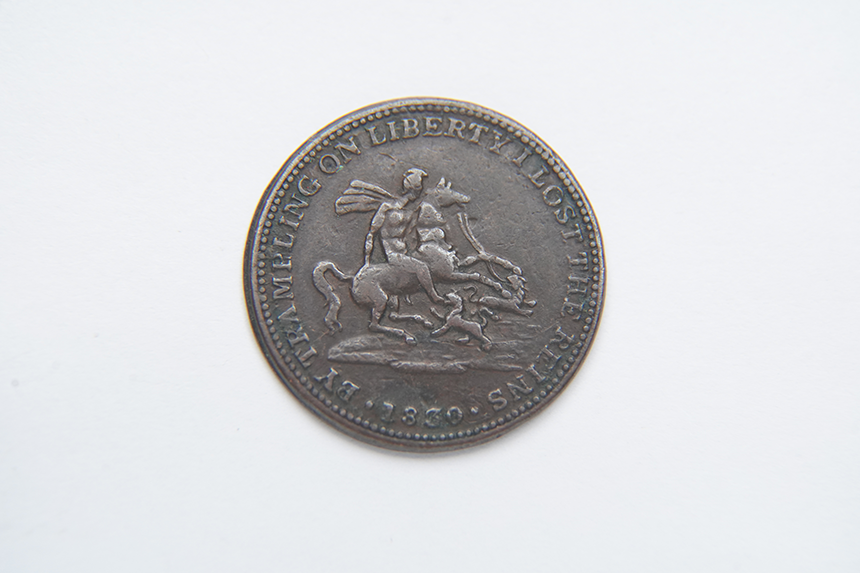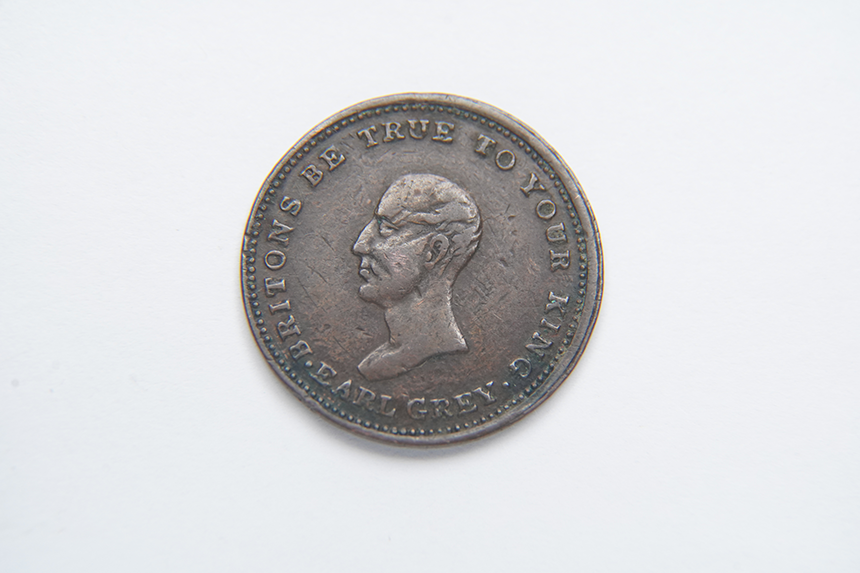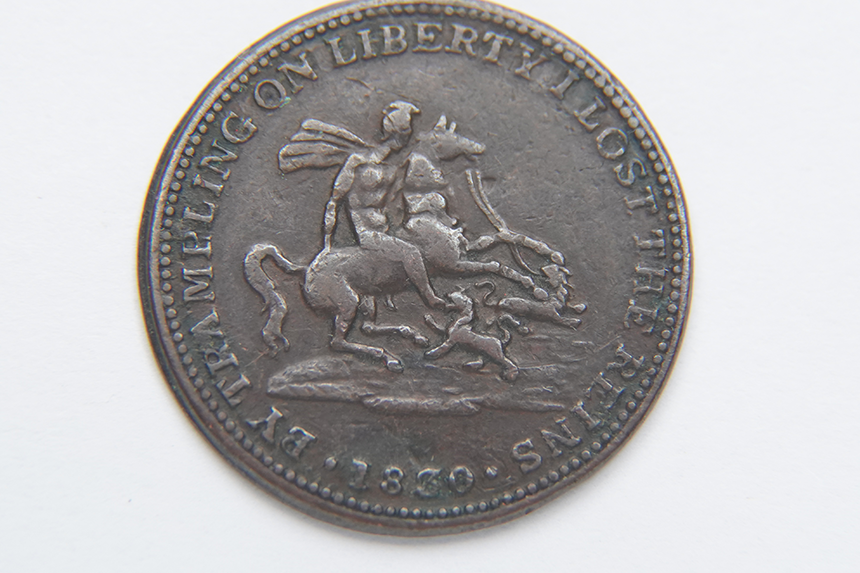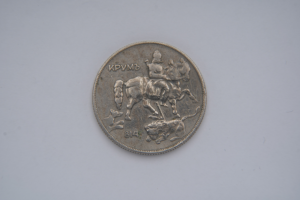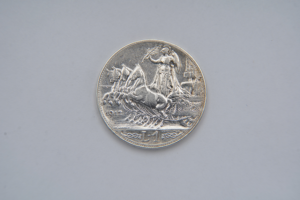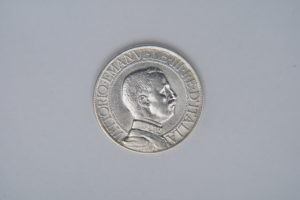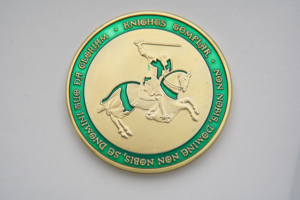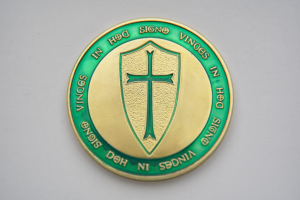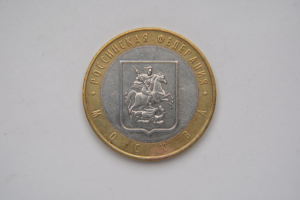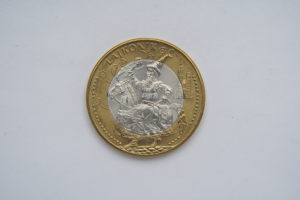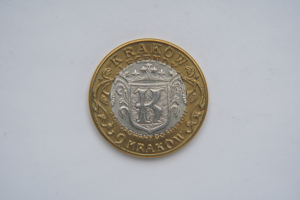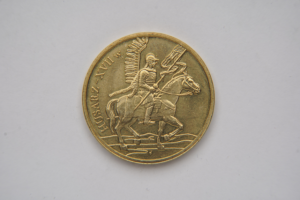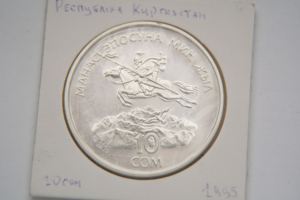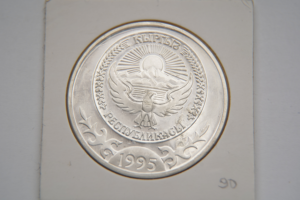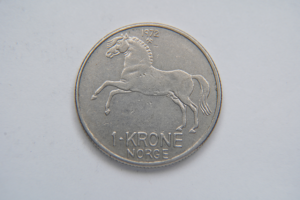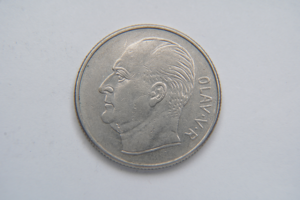The beginnings of democratic suffrage in the UK.
Obverse of the token.
Big size of reverse of the token.
More information
The beginnings of democratic suffrage in the UK.
The first Reform Bill was authored by then prime minister Charles Grey, 2nd Earl Grey, and was introduced into the House of Commons in March 1831 by John Russell, it passed by one vote but did not pass in the House of Lords. An amended Reform Bill passed the Commons without difficulty the following October but again failed to pass the House of Lords, creating a public outcry in favour of the bill. When a third Reform Bill passed the Commons but was thrown out in the Lords on an amendment, Grey in desperation proposed in May 1832 that King William IV grant him authority for the creation of 50 or more Liberal peers enough to carry the bill in the still-obstinate House of Lords.
William refused, and when Grey threatened to resign as prime minister, the king called in the duke of Wellington to try to form a new government. When Wellington tried and failed, the king yielded to Grey and pledged the authority for the creation of new peers. The bill passed in the House of Lords, and it became law June 4, 1832.
The First Reform Act reformed the antiquated electoral system of Britain by redistributing seats and changing the conditions of the franchise. Fifty-six English boroughs lost their representation entirely. Cornwall’s representation was reduced to 13, 42 new English boroughs were created; and the total electorate was increased by 217,000. Electoral qualifications were also lowered to permit many smaller property holders to vote for the first time.
Although the bill left the working classes and large sections of the lower middle classes without the vote, it gave the new middle classes a share in responsible government and thus quieted political agitation.
Date
1830.
Culture
United Kingdom.
Medium
Brass.
Dimensions
4.86x22x2.
Classification
Token.

